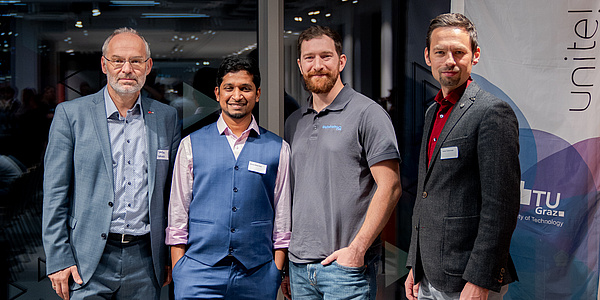Innovative Heat Pumping Systems
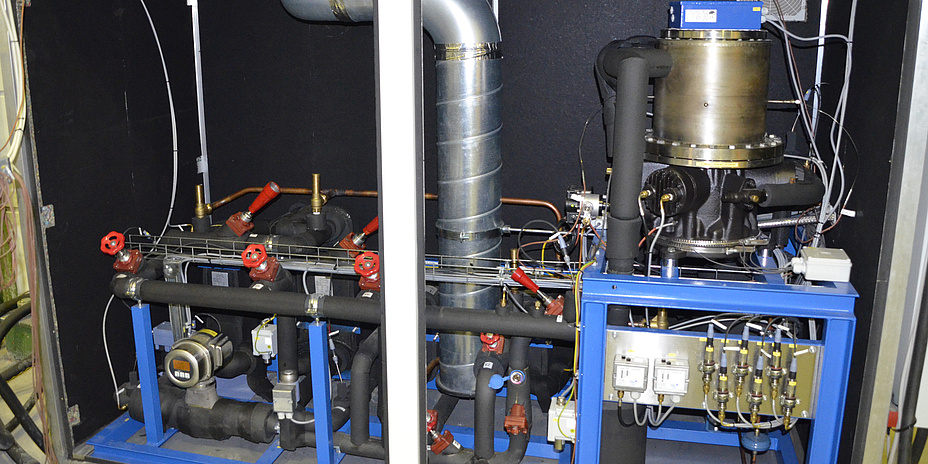
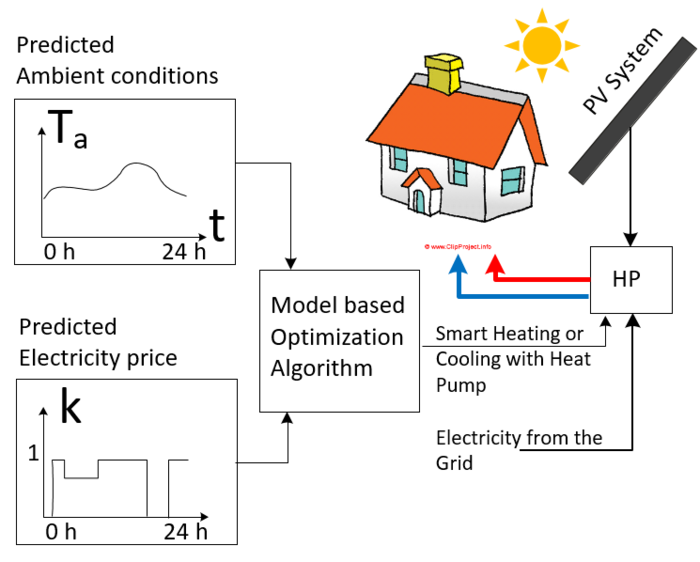
Absorption Heat Pumps
Recently, thermally driven absorption heat pumps have experienced a renaissance. Instead of electricity, this heat pump type uses heat at a rather high temperature (around 80 to 150°C) as driving energy. Today, for example, they are regarded as the successors to condensing boilers, which have been exhausted in terms of efficiency, and gas-fired absorption heat pumps are expected to reduce gas consumption by 40%. Together with a well-known boiler manufacturer, the Institute of Thermal Engineering is working on the simulation¬based optimisation of gas-fired ammonia/water absorption heat pumps (see Figure 2), which are specifically designed as a retrofit option for existing buildings with natural gas infrastructure.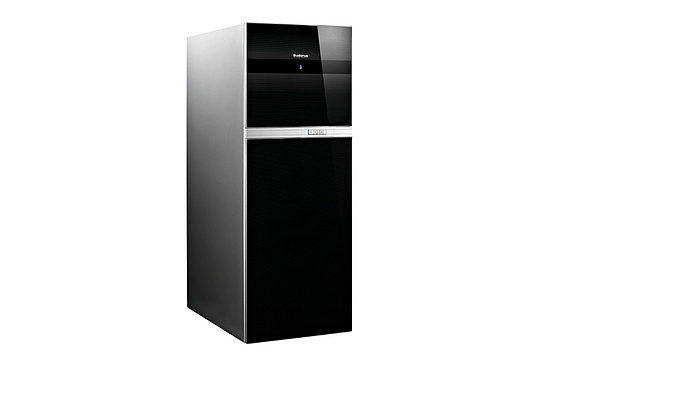
Industrial applications
The industry offers a huge potential for saving energy and thus greenhouse gas emissions. Especially the use of heat pumps for waste heat recovery or as a replacement for gas boilers is gaining in interest. However, a major challenge is the required temperature level, which is typically above 80°C, and this cannot be achieved with conventional systems. In cooperation with the Styrian refrigeration and heat pump manufacturer Frigopol, the Institute of Thermal Engineering is working on the project "HotCycle" which deals with a high¬temperature heat pump using the environmentally friendly refrigerant R600 (butane) providing heat-sink temperatures above 100°C (see Figure 3).E-Mobility
In electrical vehicles (hybrid and electric cars) in particular, heating the passenger compartment is challenging because in these vehicles little or even no waste heat from an internal combustion engine is available. That is why electric direct heating (i.e. resistance heating) is often used in electric vehicles, which means a significant load for the vehicle's battery and thus drastically reduces the cruising range. An interesting possibility is to use the refrigerant circuit of the air conditioning system in reverse operation, i.e. as a heat pump, and this significantly reduces the energy consumption compared to electric direct heating. It has been shown that the annual energy consumption for heating and air¬conditioning can be reduced by up to 40% with a refrigerant cycle using the environmentally friendly refrigerant R744 (CO2). Figure 4 shows an electric vehicle equipped with such a system, which was analysed experimentally in the climatic chamber.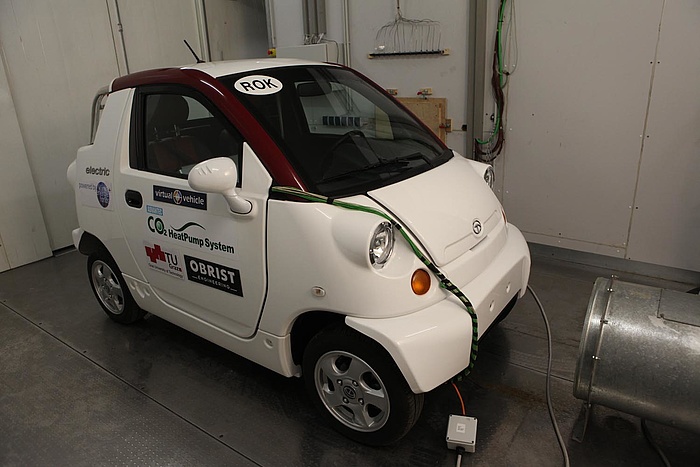
Railway application
The energy consumption of auxiliary devices is also playing an increasing role in trains. Up to 20% of the total energy consumption is related to heating and air conditioning of railway coaches. As in the case of electric cars, heating is typically realized by direct electric heating systems, which could be replaced in future by air¬conditioning systems with heat pump function. In the project GreenHVAC4Rail, the Institute of Thermal Engineering, together with the VIRTUAL VEHICLE Research Centre and the companies Liebherr-Transportation Systems, Obrist Engineering and Rupert Fertinger, developed a R744 system for both heating and cooling of coaches. The concept is so promising that it is the goal of the follow-up project "eco2jet" to test it in real life operation in an ÖBB Railjet coach. This exemplary list of research projects underlines the interest in heat pumping technology. A major driver for this is that it enables a significant reduction of energy consumption and greenhouse gas emissions.
Kontakt
Ao.Univ.-Prof. Dipl.-Ing. Dr.techn.
Institut of Thermal Engineering
Inffeldgasse 25/B
8010 Graz
Phone: +43 316 873 7302
<link int-link-mail window for sending>rene.rieberer@tugraz.at


